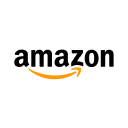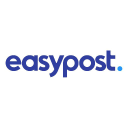On Turning His Side Hustle Into A Full Scale Business
Hello! Who are you and what are you working on?
I’m Tim Trampedach, founder and CEO of Torqued. My company imports and distributes motorsports parts, meaning products for race cars or cars that are used on a race track from time to time. The company grew out of side hustle importing carbon fiber racing seats from a company called Tillett Racing Seats in the United Kingdom.
We sell well over a hundred of these seats a year now, at a typical price with options and accessories of $1500. While this is the line we’re best known for, we’ve most recently branched out into other premium foreign brands like Nuke Performance, Reverie, SOBEK Motorsporttechnik as well as domestically-available brands in order to build a cohesive product offering for our dealer network.
What's your backstory and how did you get into entrepreneurship?
Throughout my career, I’ve always taken breaks from traditional salaried jobs every few years to do something different. I’ve...

Download the report and join our email newsletter packed with business ideas and money-making opportunities, backed by real-life case studies.

Download the report and join our email newsletter packed with business ideas and money-making opportunities, backed by real-life case studies.

Download the report and join our email newsletter packed with business ideas and money-making opportunities, backed by real-life case studies.

Download the report and join our email newsletter packed with business ideas and money-making opportunities, backed by real-life case studies.

Download the report and join our email newsletter packed with business ideas and money-making opportunities, backed by real-life case studies.

Download the report and join our email newsletter packed with business ideas and money-making opportunities, backed by real-life case studies.

Download the report and join our email newsletter packed with business ideas and money-making opportunities, backed by real-life case studies.

Download the report and join our email newsletter packed with business ideas and money-making opportunities, backed by real-life case studies.



















